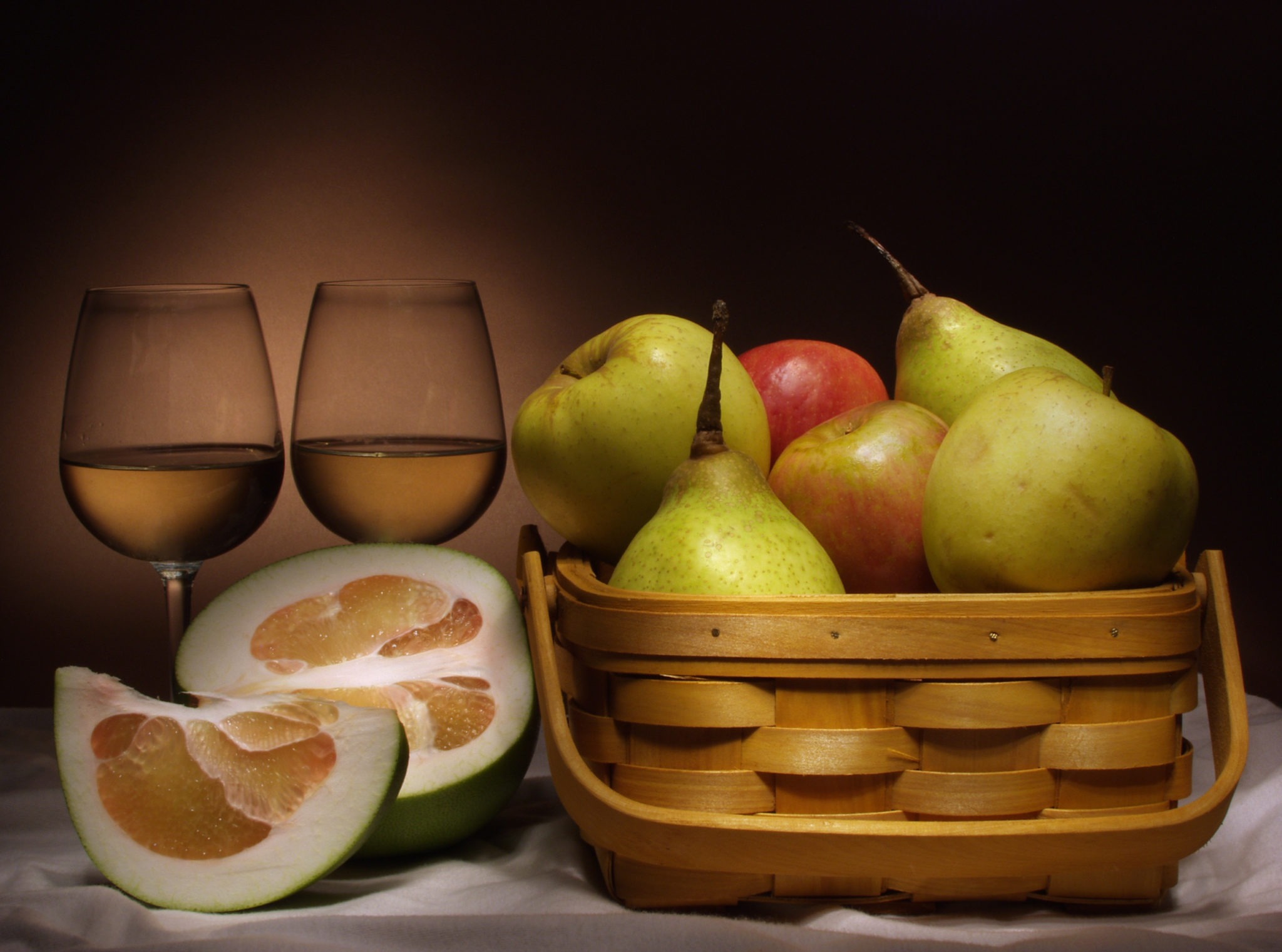Try this awesome Pear Wine recipe – How to make pear wine, A simple recipe for homemade wine using basic ingredients. Two recipes for pear wine, one with commercial wine making products, one with common kitchen ingredients. This pear wine and cider recipe uses whole fruit. It’s perfect if you have a pear tree in your backyard or order fruit by the case.
One trick I have found to work well when making pear wine is to let the pears get as ripe as possible. Let the pears get as soft as you can without letting them turn to rot. If some pears are turning quicker than others, you can put them in a bath of sulfite solution, whole, until the other pears are ready. This will stop the pears from rotting any further.
- Cider is bottled early before the yeast has consumed all of the sugar so that it remains sparkling and sweet.
- Wine is allowed to ferment until most of the sugars are consumed, and it is bottled after fermentation has stopped.
Allowing the pears to become as ripe as possible will go a long way towards getting you a homemade pear wine with more pear character. When pears are early they taste closer to an apple. As they develop, the flavor that makes a pear, a pear, starts to become more pronounced.
Not the beverage you are looking for? Try these other great beverage recipes: Elderberry Kombucha Margarita, Crownberry Apple or Apple Toddy.
PrintHow to Make Pear Wine
How to make pear wine, A simple recipe for homemade pear wine using basic ingredients. Two recipes for pear wine, one with commercial wine making products, one with common kitchen ingredients.
- Prep Time: 60
- Total Time: 1 hour
Ingredients
- 1 pound raisins (I used golden)
- 1 pint boiling water
- 6 pounds dessert pears
- 4 pints cooled, boiled water
- 1 Campden tablet (sulfur based, kills wild yeast)
- 1 teaspoon pectic enzyme (reduces pectin for clearer wine)
- 2 pints syrup, gravity 300 (sugar syrup, feeds the yeast)
- 1 yeast nutrient tablet (feeds the yeast)
- All-purpose wine yeast starter
- cooled, boiled water
Instructions
- Boil one pound of raisins (whole, not chopped) for five minutes in one pint of water and allowed it to cool. While it was cooling, I washed, trimmed and crushed the pears. I trimmed off the stems and blossom ends, but didn’t remove the seeds at this point. I really should have, book #2 notes that pear seeds are bitter and will give the wine an off flavor. I ended up sorting through the mash later to pick out all the seeds, which was pretty messy. I started with around seven pounds of pears instead of six, because mine were windfall pears and I had to trim a fair amount of damaged fruit. To crush the pears, I started with a potato masher, then I switched to scrubbed hands. It went much faster.
- I mixed the raisins and pear mush (the pears were really ripe) and dumped the mixture into a one gallon crock. This was covered with a clean flour sack towel secured with a clean elastic hair band.
- About 40 hours after initial slurry was mixed, I crumbled the shredded wheat biscuit and added it to the pear and raisin mix. (Wheat Chex can be added whole.) The wheat feeds the yeast, and could probably be omitted if you use commercial yeast and are gluten sensitive. Another option is yeast nutrient, which is commonly added at a rate of 1 teaspoon of yeast nutrient per gallon of liquid. (source)
- Dissolve brown and white sugar in 2 quarts of water over a low flame. Bring to a boil, then set aside to cool to lukewarm.
- Add the two remaining quarts of cold water to the pear/raisin/wheat mixture, then add the lukewarm sugar water. Stir the entire mash very well to distribute the sugar. Set in a warm place for three weeks. Stir every day, breaking up fruit against the sides of the crock. At this point, I realized I had around two gallons of liquid, not one. First I was trying to mix the whole mess in two crocks, a one gallon and a two gallon, and then I squeezed it all back into the two gallon. It was really close to the top, so my husband suggested I remove about a pint of liquid, which I did. I covered it and left it to ferment.
- Note: if you do not have a crock, you may ferment your wine in any large, food safe container – just don’t use aluminum or anything reactive. Lehman’s has the best price online for crocks that I have found to date, but if you have a Martin’s Hardware store in your area, do check there, as their prices (at least here) are even better than Lehman’s.
Nutrition
- Serving Size: 4
